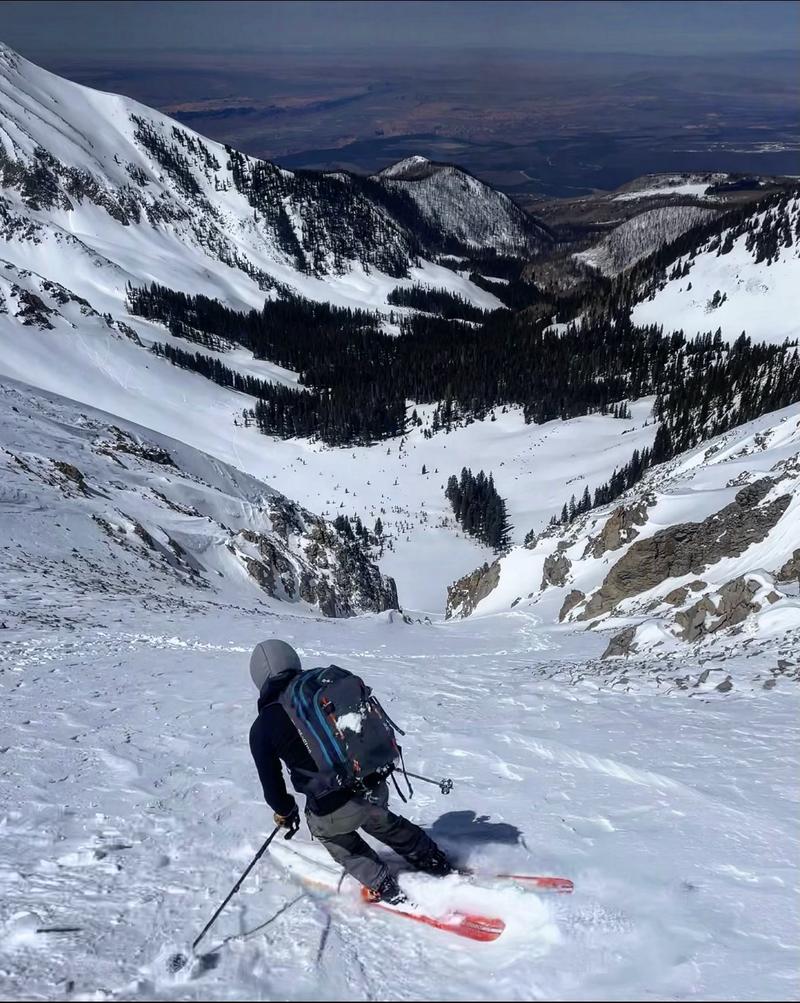Forecast for the Moab Area Mountains

Issued by Eric Trenbeath on
Monday morning, April 25, 2022
Monday morning, April 25, 2022
We're through issuing regular avalanche forecasts for the season but will post condition updates as warranted through the month.
Updated Monday, April 25.
A strong sun and warm temperatures will quickly saturate the recent snow and loose, wet avalanches will be likely as the day heats up. Signs of instability include rollerballs, pinwheels, and small "point release" sluffs. Stay off of steep slopes when these signs are present or when the snow becomes wet and sloppy.
Remain on the lookout for unstable slabs of wind drifted snow on the leeward sides of ridge crests and terrain features in upper elevation, wind exposed terrain.

Low
Moderate
Considerable
High
Extreme
Learn how to read the forecast here








